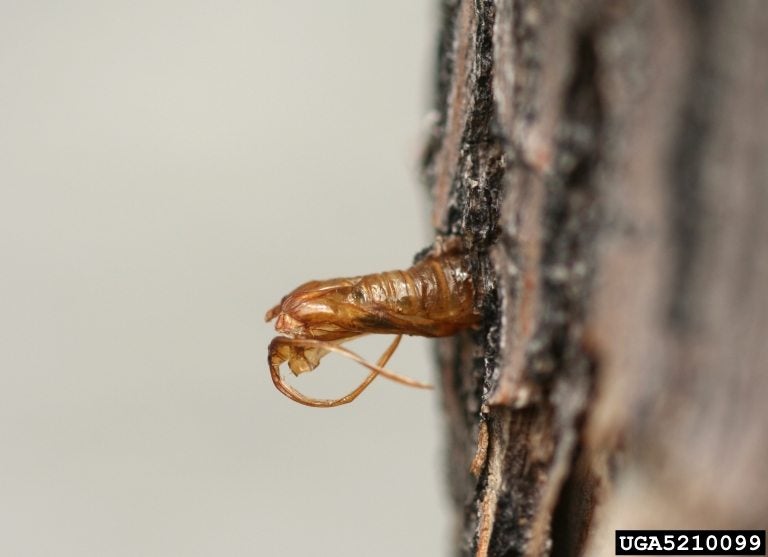Lilac Borer Pests: Learn How To Get Rid Of Lilac Borers


Lilac shrubs are flowering ornamentals beloved by gardeners for their fragrant, light purple blossoms. Naturally, lilac borer pests are not popular. According to lilac borer information, the larvae of ash borer moths damage not only lilac (Syringa spp.) but also ash trees (Fraxinus spp.) and privet (Ligustrum spp.). If you want more information about lilac ash borer symptoms or tips for managing lilac ash borers, read on.
Lilac Borer Information
Lilac borer pests (Podosesia syringae), also known as ash borers, are clear-wing moths. However, according to lilac borer information, adult females look more like wasps. The insects are found throughout the continental United States. Borer larvae are what cause the lilac ash borer symptoms. The larvae are large, growing up to an inch (2.5 cm.) long. They damage lilacs and other plants by feeding on the phloem and outer sapwood of trees and shrubs. The principal lilac ash borer symptoms are the galleries they dig. These are extensive, even if only a few larvae are present on a tree and cause significant damage to the plant. Generally, lilac borer pests attack the main trunk of a lilac. However, they can also dig tunnels in larger branches.
How to Get Rid of Lilac Borers
If you are wondering how to get rid of lilac borers, you are not alone. Most gardeners whose plants show signs of borer symptoms want to rid their yard of these pests. However, managing lilac ash borers isn’t easy. Your best bet is prevention. Keep your shrubs and trees free of stress when they are young. The borers often are able to enter a tree when you cut the trunk with lawn equipment, so be especially careful. Also, take care to irrigate during dry periods. While you can prevent an insect attack with insecticide sprays and pheromone traps in spring to catch the adult males, this will not help with borers already inside the plants. To prevent the issue, begin spraying the plants 10 days after you trap the males with pheromone. If you don’t use the traps, spray your plants in early May when lilacs are just finishing bloom. Repeat the spray three weeks later.
Sign up for the Gardening Know How newsletter today and receive a free copy of our e-book "How to Grow Delicious Tomatoes".

Teo Spengler is a master gardener and a docent at the San Francisco Botanical Garden, where she hosts public tours. She has studied horticulture and written about nature, trees, plants, and gardening for more than two decades, following a career as an attorney and legal writer. Her extended family includes some 30 houseplants and hundreds of outdoor plants, including 250 trees, which are her main passion. Spengler currently splits her life between San Francisco and the French Basque Country, though she was raised in Alaska, giving her experience of gardening in a range of climates.